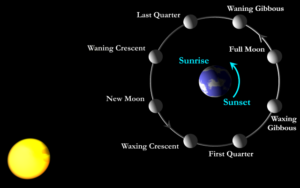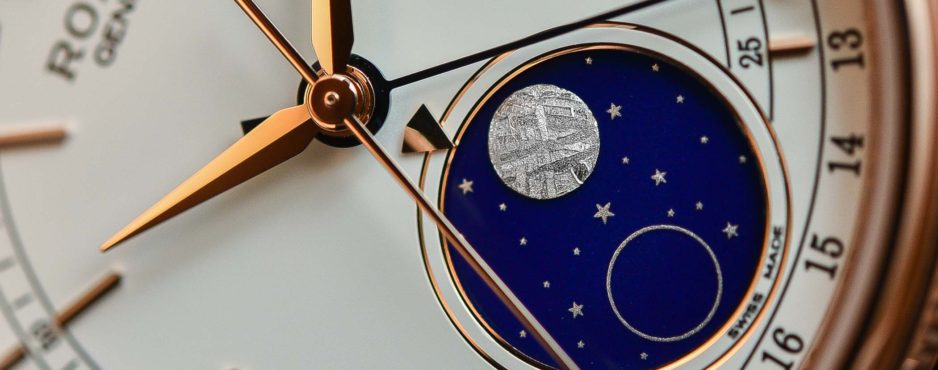The moon has always played a major role in man’s movements and daily existence.
From the ebb and flow of tides to religious ceremonies, crop harvests and maritime navigation, which is why it has always been historically important to keep track of its orbit.
The phases of the Moon were tracked thousands of years ago in crude fashion, the moon phase was commonly found in the more complicated pocket watches in the late 19th and early 20th centuries.
When the pocket watch made way for the wristwatch, so too did the moon phase migrate to the wrist.

Behind the dial of a typical moon phase watch is a disc with two identical moons on it. This disc rotates one complete cycle every twenty-nine and a half days.
The moon disc is driven by a 59-tooth gear that is advanced one notch by a mechanical finger every 24 hours, thus corresponding to one full rotation for the entire lunar cycle.
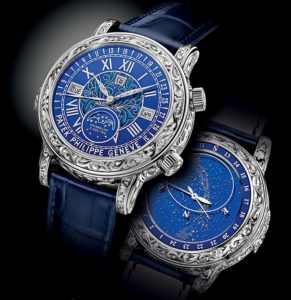
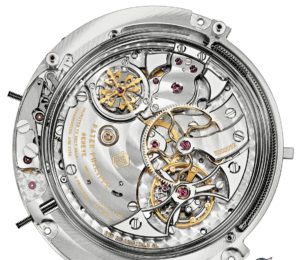
This entire cycle of phases takes 29 and a half days, which is the average length of our calendar month.
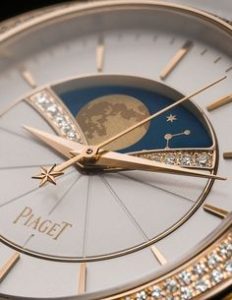
A moon-phase complication is a highly desired complication for most watch enthusiasts.
While some desire it for its utility and technical prowess, others desire it simply for its beauty.

By utilizing a rotating disk, the watch indicates the cycle of the moon by showing the illuminated portion of our moon, as it would be seen from Earth.
The phases of the moon are typically displayed through an aperture on the dial, which shows an actual graphic image of the moon.
Just as the moon travels across the sky, the image travels across the dial of the watch.
